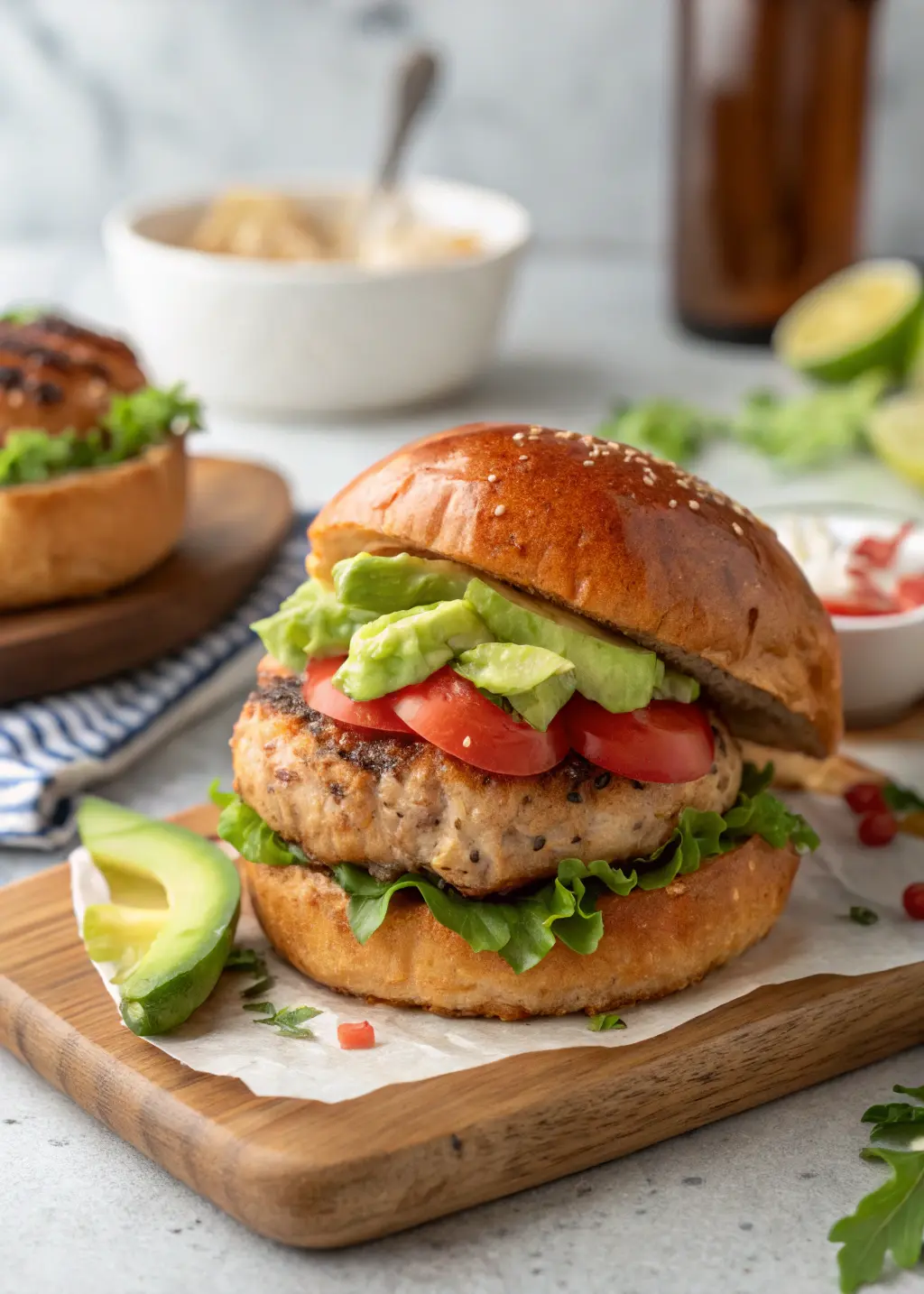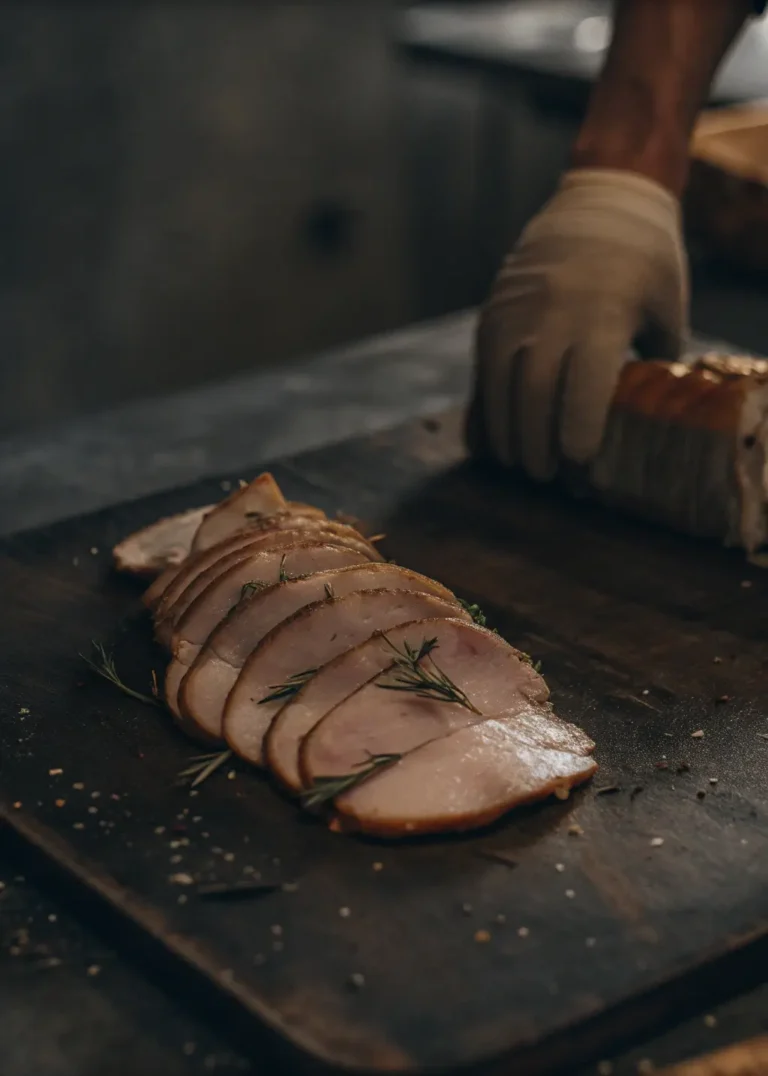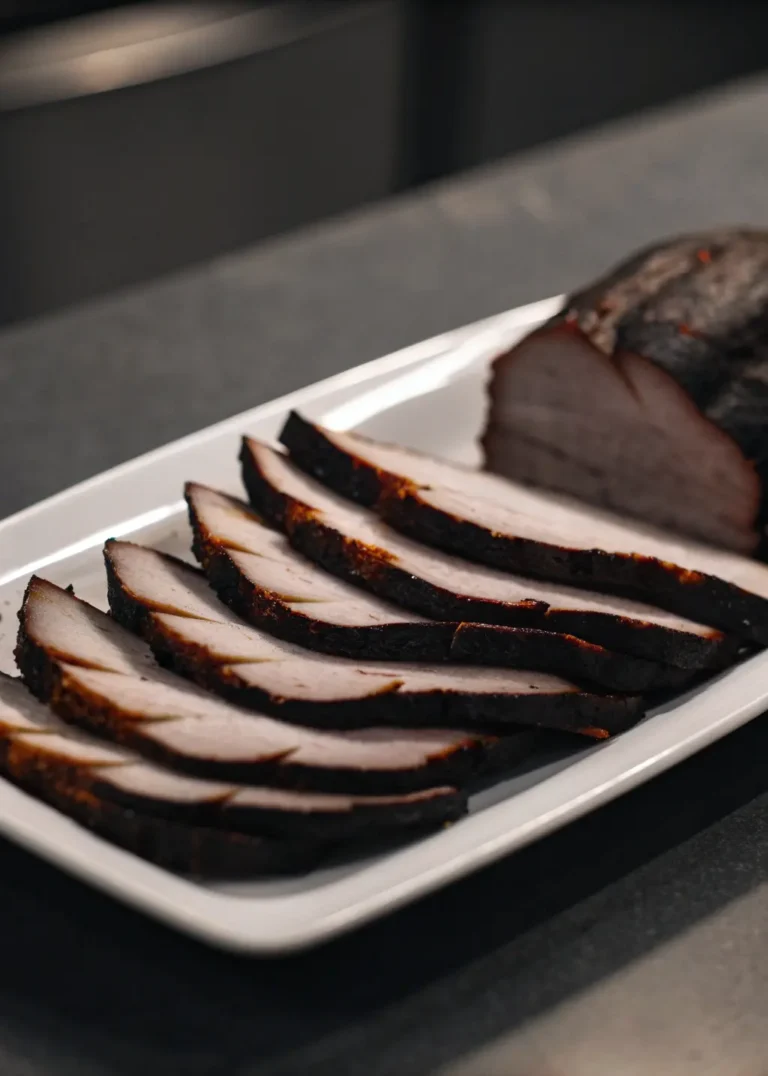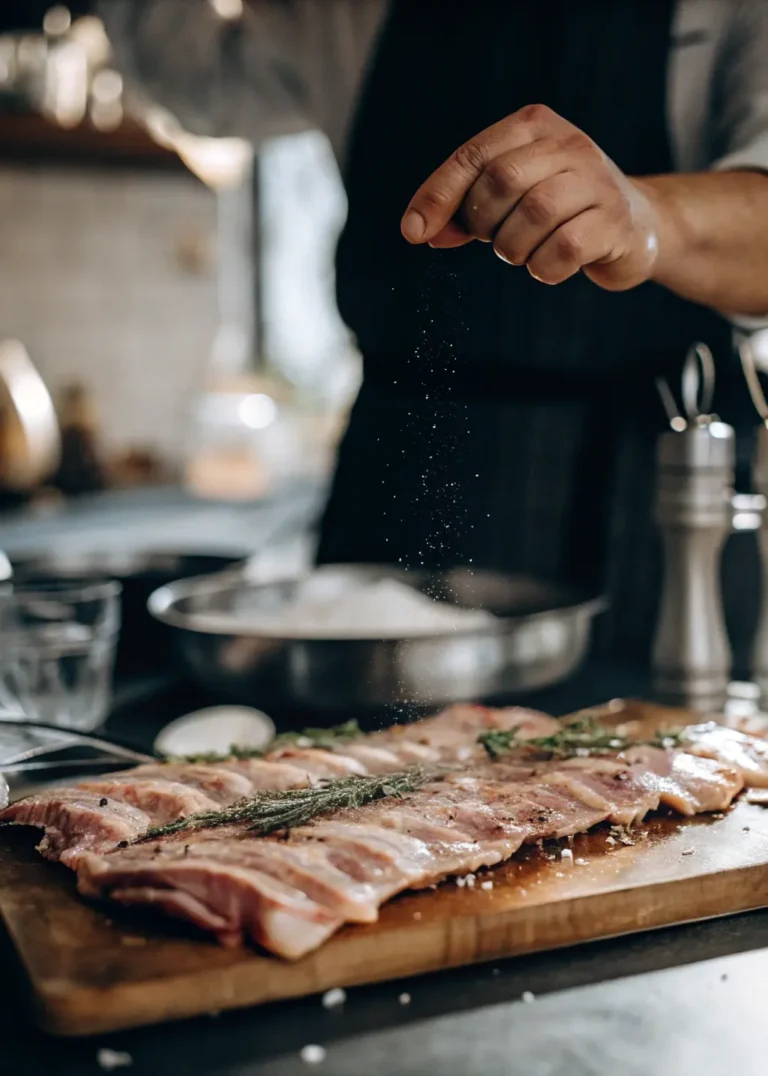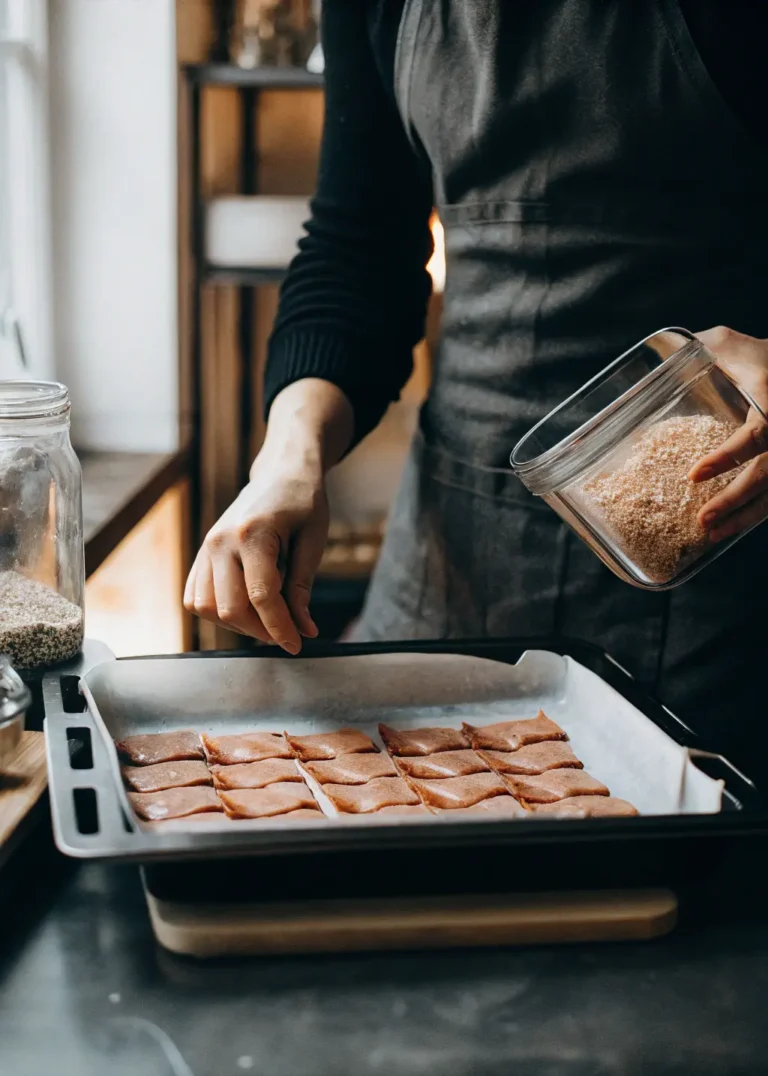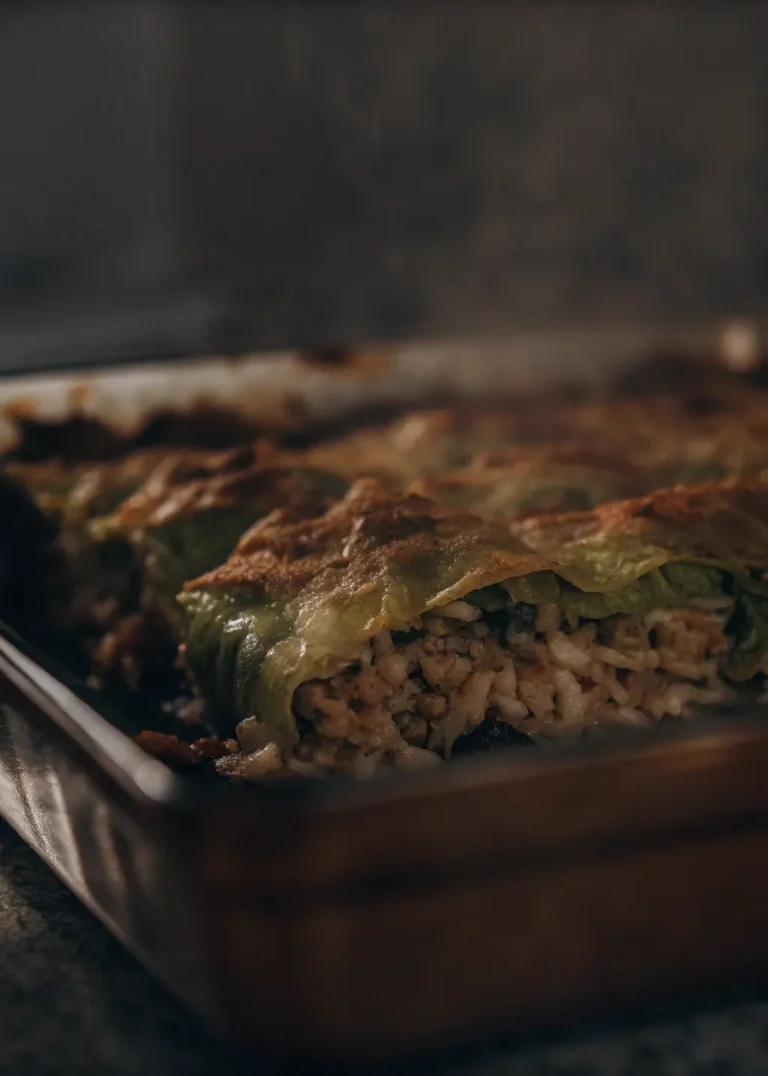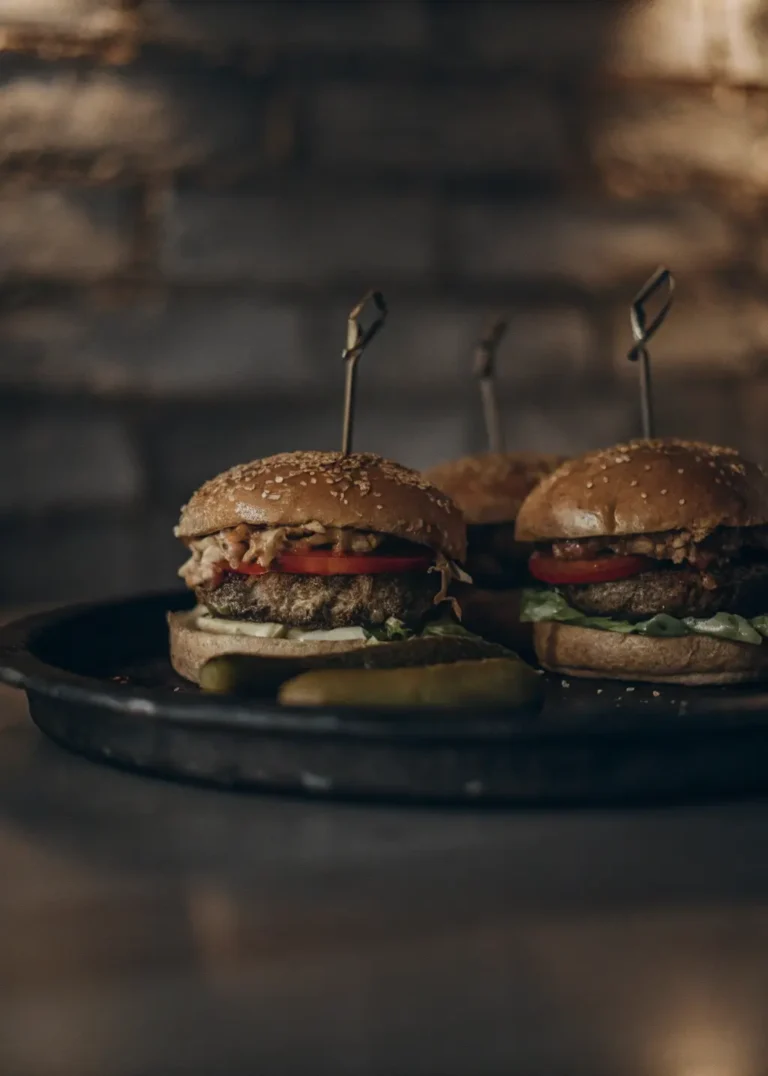How to Make the Perfect Turkey Burger at Home That Actually Tastes Amazing
Picture this: you’re standing in your kitchen, staring at a plate of turkey burgers that look promising but taste like cardboard. Sound familiar? You’re certainly not alone in this culinary disappointment. Many home cooks struggle with creating turkey burgers that deliver both the health benefits they seek and the satisfying flavors they crave.
The journey from dry, flavorless patties to juicy, restaurant-quality turkey burgers begins with understanding what separates success from failure. When you master the fundamental techniques we’ll explore together, you’ll discover that turkey burgers can become your household’s new favorite meal – healthier than traditional beef options while delivering exceptional taste that keeps everyone coming back for seconds.
Your kitchen adventures are about to transform dramatically. The methods you’ll learn here address every common pitfall that leads to disappointing results, replacing frustration with confidence and bland meals with memorable dining experiences.
Table of content
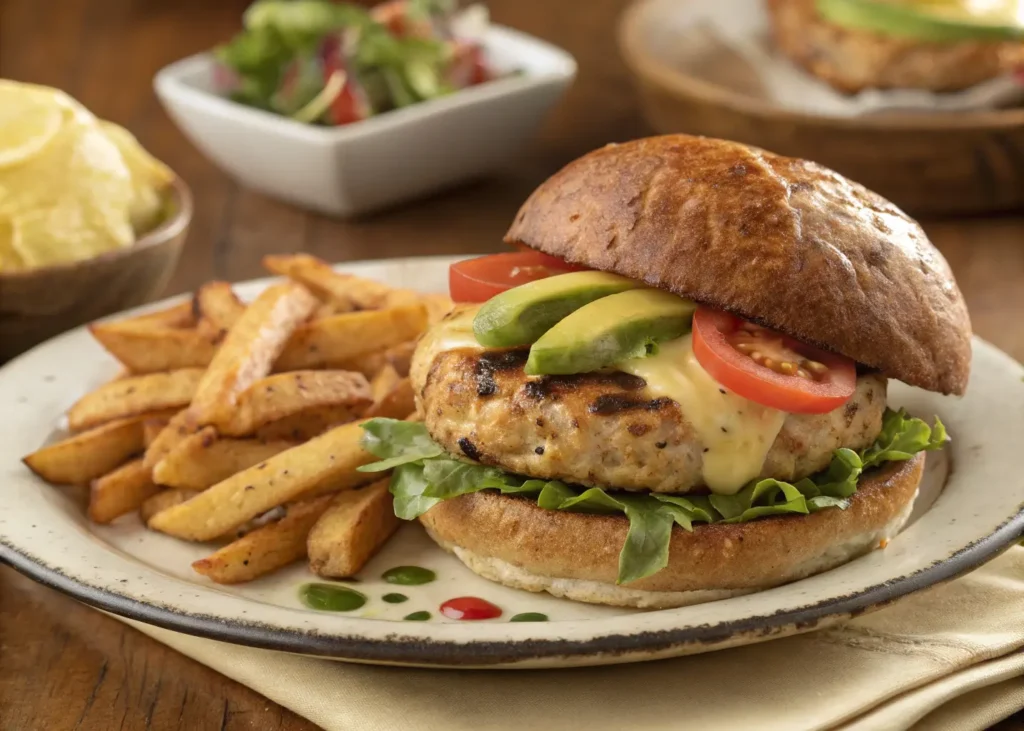
Why Turkey Burgers Deserve Your Attention
Health Benefits That Matter
Turkey burgers offer substantial advantages over their beef counterparts. When you choose ground turkey for your burger nights, you’re selecting a protein source that contains approximately 30% fewer calories while delivering higher protein content per serving. Your cardiovascular system benefits from the reduced saturated fat levels, making this swap particularly valuable for long-term health goals.
The nutritional profile extends beyond basic macronutrients. Turkey provides excellent selenium content, supporting your body’s antioxidant functions, while delivering essential B-vitamins that boost energy metabolism. These benefits compound when you prepare meals at home, giving you complete control over sodium levels and ingredient quality.
Versatility That Inspires Creativity
Ground turkey acts as a flavor canvas, readily absorbing seasonings and complementary ingredients in ways that beef sometimes resists. This characteristic opens doors to international flavor profiles, from Mediterranean herb combinations to bold Southwest spice blends. Your culinary repertoire expands significantly when you embrace turkey’s adaptability.
Cost considerations also favor turkey burgers, particularly when you purchase during sales or buy in bulk. The price difference becomes even more pronounced when you factor in the health benefits and versatility, making this protein choice both economically and nutritionally smart.
Understanding the Science Behind Perfect Turkey Burgers
Why Many Turkey Burgers Fail
The primary challenge with turkey burgers stems from their lower fat content compared to ground beef. While this characteristic provides health benefits, it also creates moisture retention challenges that lead to dry, crumbly results. Understanding this fundamental difference allows you to implement strategies that overcome these natural limitations.
Temperature sensitivity presents another hurdle. Turkey’s protein structure responds differently to heat than beef, requiring more precise cooking techniques to achieve optimal texture. Many home cooks apply beef burger cooking methods to turkey, resulting in overcooked, tough patties that lack appeal.
Key Principles for Success
Moisture retention becomes your primary focus when crafting exceptional turkey burgers. This involves strategic ingredient additions, proper mixing techniques, and precise temperature control throughout the cooking process. Each element works together to create the juicy, flavorful results you’re seeking.
Flavor enhancement requires a multi-layered approach. Rather than relying solely on surface seasonings, successful turkey burger preparation incorporates umami-rich ingredients throughout the mixture, building complex flavor profiles that satisfy your taste expectations completely.
Essential Ingredients for Outstanding Results
Choosing Your Ground Turkey Wisely
The foundation of exceptional turkey burgers begins with selecting appropriate ground turkey. Your local grocery store typically offers several options, each serving different purposes in your cooking goals.
Ground Turkey Comparison Guide:
| Turkey Type | Fat Content | Best Applications | Flavor Profile |
|---|---|---|---|
| 85/15 Blend | 15% fat | Everyday cooking | Balanced richness |
| 93/7 Extra Lean | 7% fat | Diet-focused meals | Mild, requires enhancement |
| Ground Turkey Thigh | 20% fat | Premium burgers | Naturally juicy and rich |
| Custom Blend | Variable | Specialized recipes | Tailored to preferences |
Perfect Turkey Burger Recipe Foundation
Essential Ingredients (Serves 4):
| Component | Quantity | Purpose | Alternative Options |
|---|---|---|---|
| Ground Turkey | 1.5 pounds | Primary protein | Ground chicken or lean beef |
| Fresh Breadcrumbs | 1/2 cup | Moisture retention | Panko or crushed crackers |
| Large Egg | 1 whole | Binding agent | Flax egg or mayonnaise |
| Yellow Onion (minced) | 1/4 cup | Flavor and moisture | Shallots or onion powder |
| Worcestershire Sauce | 2 tablespoons | Umami depth | Soy sauce or coconut aminos |
| Dijon Mustard | 1 tablespoon | Flavor enhancement | Yellow mustard or mayo |
| Kosher Salt | 1 teaspoon | Essential seasoning | Sea salt or garlic salt |
| Fresh Black Pepper | 1/2 teaspoon | Spice element | White pepper or paprika |
| Extra Virgin Olive Oil | 2 tablespoons | Cooking medium | Avocado oil or butter |
Flavor Enhancement Options
Your creativity can shine through various flavor profiles that transform basic turkey burgers into memorable meals:
Mediterranean Inspiration: Incorporate crumbled feta cheese, sun-dried tomatoes, fresh oregano, and minced garlic for a Greek-inspired experience that transports your taste buds to coastal tavernas.
Southwest Adventure: Add diced jalapeños, ground cumin, pepper jack cheese, and fresh cilantro to create burgers with bold, spicy character that pairs beautifully with avocado and lime.
Asian Fusion: Blend fresh ginger, sesame oil, green onions, and a touch of soy sauce for burgers that work perfectly with Asian slaw and sriracha mayo.
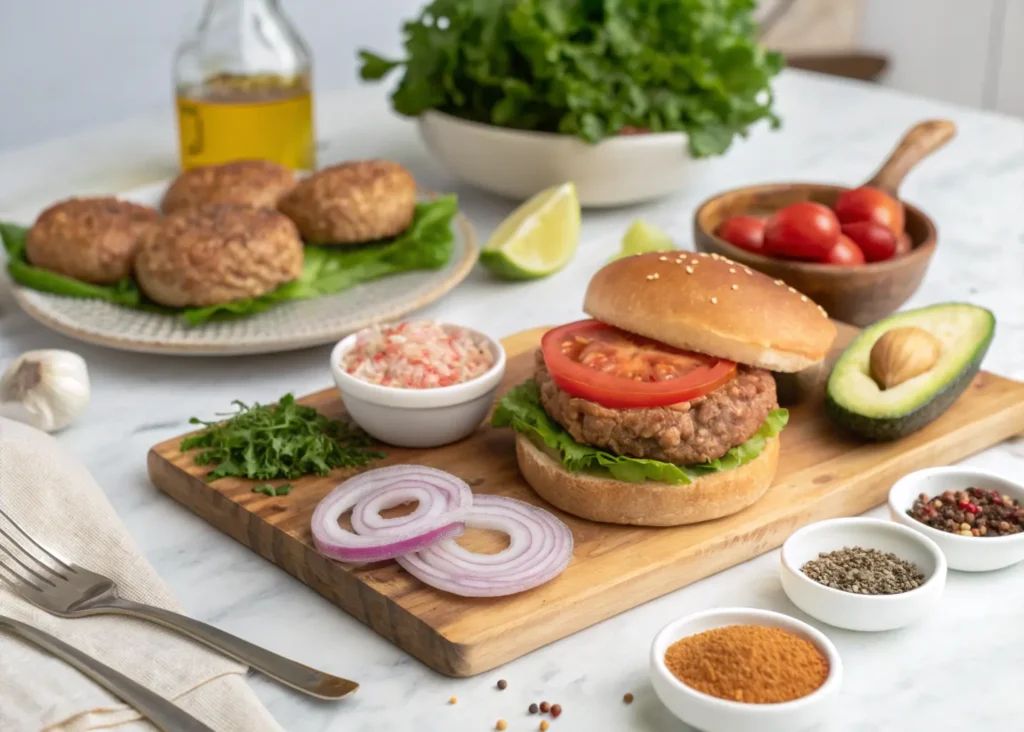
Step-by-Step Turkey Burger Mastery
Preparation Excellence
Success begins before you touch the ground turkey. Remove your protein from refrigeration 15-20 minutes before cooking, allowing it to reach room temperature for even cooking results. This seemingly small step prevents cold centers and overcooked exteriors.
Organize all ingredients within easy reach, creating an efficient workspace that prevents rushing through crucial steps. Your mixing bowl should be large enough to accommodate gentle folding motions without spillage.
The Perfect Mixing Technique
Proper mixing separates exceptional turkey burgers from disappointing ones. Begin by combining wet ingredients in your mixing bowl – egg, Worcestershire sauce, and minced onion. This creates a flavor base that distributes evenly throughout the turkey.
Add your ground turkey to the wet mixture, followed by breadcrumbs and seasonings. Using clean hands, gently fold ingredients together with minimal manipulation. Overmixing develops tough protein structures that result in dense, chewy burgers rather than tender ones.
Allow your mixture to rest for 10 minutes after combining. This resting period enables breadcrumbs to absorb moisture while seasonings penetrate the meat, creating more cohesive flavors throughout each bite.
Shaping Professional-Quality Patties
Divide your mixture into four equal portions using a kitchen scale for consistency. Each patty should weigh approximately 6 ounces, ensuring uniform cooking times and presentation.
Shape each portion into patties slightly larger than your intended buns, as turkey burgers shrink less than beef during cooking. Create a small indentation in the center of each patty using your thumb – this prevents dome-shaped burgers and promotes even cooking.
Handle patties gently during shaping, applying just enough pressure to hold ingredients together. Excessive compression creates dense textures that compromise the final eating experience.
Mastering Different Cooking Methods
Stovetop Pan-Seared Perfection
The stovetop method offers maximum control over your cooking process. Heat a cast-iron or heavy-bottomed pan over medium-high heat, allowing it to preheat thoroughly before adding oil. This creates the foundation for proper searing.
Add a thin layer of oil to your preheated pan, swirling to coat the surface evenly. Place patties in the pan with adequate space between each one, avoiding overcrowding that reduces heat efficiency.
Cook undisturbed for 4-5 minutes on the first side, resisting the urge to press or move the patties. This patience allows proper browning to develop, creating flavor compounds that enhance the overall taste experience.
Flip each patty once using a wide spatula, then continue cooking for another 4-5 minutes until the internal temperature reaches 165°F. The single-flip technique preserves moisture while ensuring food safety compliance.
Grilling Techniques for Outdoor Cooking
Outdoor grilling adds smoky flavors that complement turkey’s mild taste profile. Preheat your grill to medium-high heat, creating both direct and indirect heat zones for cooking flexibility.
Clean and oil your grill grates thoroughly to prevent sticking. Place patties over direct heat for initial searing, then move to indirect heat if flare-ups occur or for gentler finishing.
Monitor internal temperature carefully when grilling, as outdoor cooking presents more variables than stovetop methods. Wind, ambient temperature, and grill hot spots all influence cooking times and require attention.
Oven-Baked Convenience
Oven baking offers hands-off convenience when preparing multiple burgers simultaneously. Preheat your oven to 400°F and position the rack in the center for even heat distribution.
Place patties on a parchment-lined baking sheet, ensuring adequate spacing for air circulation. Bake for 18-22 minutes, checking internal temperature at the 18-minute mark to prevent overcooking.
Consider finishing under the broiler for 1-2 minutes to develop surface browning that mimics pan-seared or grilled appearance.
Temperature Control and Food Safety
Critical Temperature Guidelines
Food safety requires turkey burgers to reach an internal temperature of 165°F throughout. This temperature eliminates harmful bacteria while preserving moisture when achieved correctly. Insert your instant-read thermometer into the thickest portion of each patty for accurate readings.
Remember that internal temperature continues rising 5-10 degrees after removing patties from heat. This carryover cooking means you can remove burgers at 160°F if they’ll rest before serving, preventing overcooking while ensuring safety.
Visual Doneness Indicators
While temperature provides the most reliable doneness indicator, visual cues support your assessment. Properly cooked turkey burgers display no pink coloration in the center, with clear juices running from the meat when pressed gently.
The texture should feel firm but springy when touched, indicating proper protein coagulation without excessive moisture loss. Overcooked patties feel hard and release little to no juice when pressed.
Troubleshooting Common Problems
Addressing Dryness Issues
Dry turkey burgers typically result from insufficient fat content, overcooking, or inadequate moisture-adding ingredients. Combat dryness by choosing higher-fat ground turkey blends or incorporating moisture-rich additions like grated onion, mayonnaise, or olive oil into your mixture.
Cooking technique significantly impacts final moisture levels. Avoid pressing patties during cooking, which expels valuable juices, and monitor temperature carefully to prevent overcooking beyond food safety requirements.
Preventing Structural Failures
Burgers that fall apart during cooking usually lack adequate binding or suffer from improper handling. Ensure your mixture includes sufficient egg and breadcrumb ratios, and allow proper rest time before cooking to strengthen ingredient bonds.
Handle raw patties minimally and avoid excessive flipping during cooking. Each movement increases the risk of structural breakdown, particularly with lean turkey mixtures.
Enhancing Flavor Profiles
Bland turkey burgers often result from insufficient seasoning or reliance on surface-only flavor additions. Season your mixture generously with salt, which enhances natural flavors and improves moisture retention through protein interaction.
Incorporate umami-rich ingredients throughout the mixture rather than applying them only as toppings. Worcestershire sauce, mushroom powder, or aged cheeses add depth that permeates each bite.
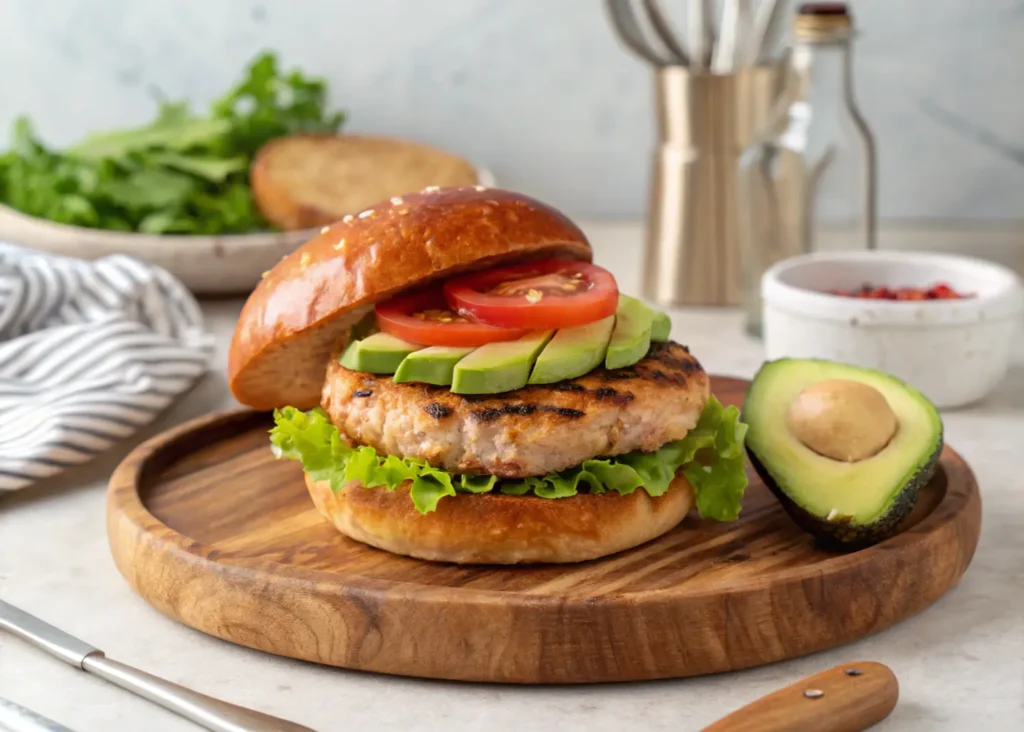
Creative Serving Suggestions
Gourmet Topping Combinations
Elevate your turkey burgers beyond basic lettuce and tomato with inspired topping combinations that complement turkey’s mild flavor profile.
Mediterranean Marvel: Layer tzatziki sauce, cucumber ribbons, red onion slices, and fresh arugula on toasted brioche buns for a Greek-inspired experience that balances cool, creamy elements with peppery greens.
Southwest Sensation: Top with sliced avocado, pepper jack cheese, pickled jalapeños, and chipotle mayo on toasted ciabatta for bold flavors that celebrate southwestern cuisine traditions.
BBQ Ranch Classic: Add crispy onion rings, sharp cheddar cheese, barbecue sauce, and ranch dressing on pretzel buns for indulgent comfort food satisfaction.
Healthy Alternative Options
Transform your turkey burgers into lighter meals without sacrificing satisfaction through creative serving approaches.
Replace traditional buns with large lettuce leaves for a fresh, crisp wrapper that reduces calories while adding nutritional value. Butter lettuce or iceberg provide sturdy bases that hold toppings securely.
Portobello mushroom caps serve as excellent bun alternatives, offering earthy flavors that complement turkey while providing additional nutrients and unique presentation appeal.
Meal Planning and Storage Strategies
Make-Ahead Preparation
Streamline your meal planning by preparing turkey burger components in advance. Form patties up to 24 hours before cooking and store them in the refrigerator with parchment paper separating each layer to prevent sticking.
For longer storage, wrap formed patties individually in plastic wrap and freeze for up to three months. Label packages with preparation dates and flavor profiles to maintain organization in your freezer inventory.
Batch Cooking Benefits
Prepare larger quantities during weekend cooking sessions to provide quick weeknight meal solutions. Cooked turkey burgers reheat successfully when stored properly and can serve multiple meal purposes throughout the week.
Consider preparing different flavor profiles simultaneously, creating variety in your meal rotation while maximizing cooking efficiency and ingredient utilization.
Nutritional Advantages and Health Benefits
Turkey burgers provide exceptional nutritional value that supports various health and fitness goals. A typical 6-ounce cooked turkey burger delivers approximately 34 grams of high-quality protein while containing only 240 calories, making it ideal for weight management and muscle maintenance programs.
The reduced saturated fat content compared to beef burgers supports cardiovascular health initiatives, while the higher selenium levels provide antioxidant benefits that protect cellular health. These nutritional advantages become even more pronounced when you control ingredient quality through home preparation.
Turkey’s amino acid profile supports muscle recovery and development, making these burgers excellent post-workout meal options. The complete protein source provides all essential amino acids necessary for optimal body function and recovery processes.
Your Turkey Burger Journey Begins Now
Mastering perfect turkey burgers at home transforms your cooking repertoire while supporting health-conscious lifestyle choices. The techniques and insights shared here provide the foundation for consistent success, whether you’re preparing weeknight dinners or weekend gatherings.
Your kitchen confidence grows with each burger you create, building expertise that extends beyond this single recipe into broader culinary adventures. The principles of moisture retention, proper seasoning, and temperature control apply to numerous other cooking challenges you’ll encounter.
Remember that perfection develops through practice and experimentation. Start with the basic recipe provided, then gradually incorporate different flavor profiles and cooking methods to discover your personal preferences and family favorites.
Ready to revolutionize your burger game? Gather your ingredients, fire up your cooking surface of choice, and create turkey burgers that will make you forget you ever settled for dry, flavorless alternatives. Your taste buds – and your health – will thank you for making this delicious switch.
Share your turkey burger creations and variations in the comments below. We’d love to hear about your favorite flavor combinations and cooking discoveries as you embark on this flavorful journey toward burger perfection.
Have you given our recipe a try?
There are no reviews yet. Be the first one to write one.

